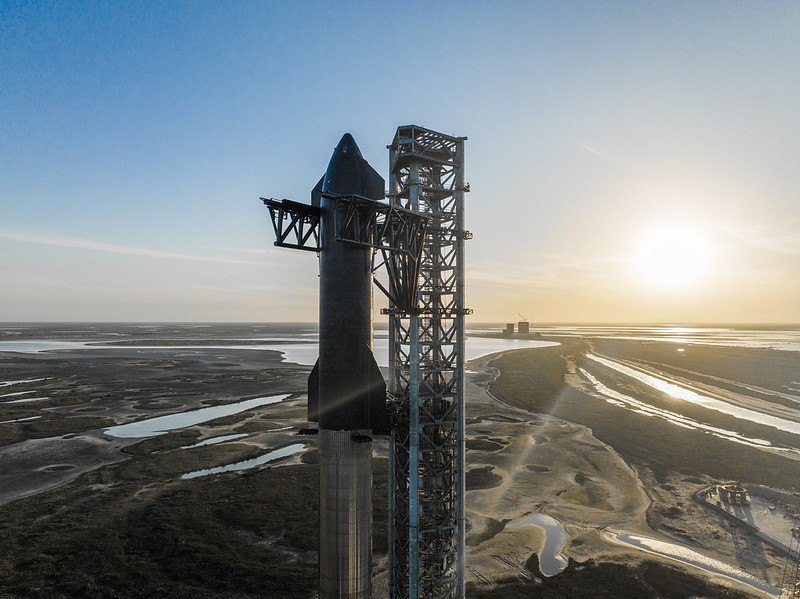After a long and arduous review process, the FAA has finally released its environmental assessment of SpaceX’s Starship/Super Heavy launch site in Boca Chica. The agency found that the site would have no significant impact on the local environment—and that SpaceX is essentially cleared to proceed, but with some caveats.
SpaceX will need to take 75+ different mitigation steps before the FAA will hand over the coveted license to launch from the South Texas site.
Quick recap: SpaceX’s super-heavy lift launch vehicle is assembled at the company’s Texas facility and has been awaiting licensing for its first launch attempt for months. In order to gain a license for launch, the company needed the FAA to complete an environmental assessment in accordance with National Environmental Policy Act (NEPA) requirements.
- Originally, the FAA planned to have the review completed last year.
- The agency received over 18,000 public comments it had to review.
- That took a lot of time—and delayed release of the findings by ~6 months.
About those steps…The FAA’s finding of no significant impact comes with an edict to protect the environment and to minimize the impact on the local community.
To win FAA approval, SpaceX will have to adhere to more than 75 measures, including:
- Limiting State Highway 4 closures during launch operations, including 18 holidays where closures are not permitted at all and limiting weekend closures to five per year.
- Hiring a biologist to ensure that the launch site doesn’t negatively impact wildlife, particularly sea turtles that lay eggs on the nearby beach.
- Communicating in real time with the local community about expected noise and launch activity at the site.
- Using shuttles to ferry Starbase employees to the facility to reduce traffic.
Up next: The environmental review is complete, but there are more security and safety clearances SpaceX will need before attempting an orbital launch. So far, the FAA has yet to give an estimated timeline for when these measures can be completed and a launch license granted.




